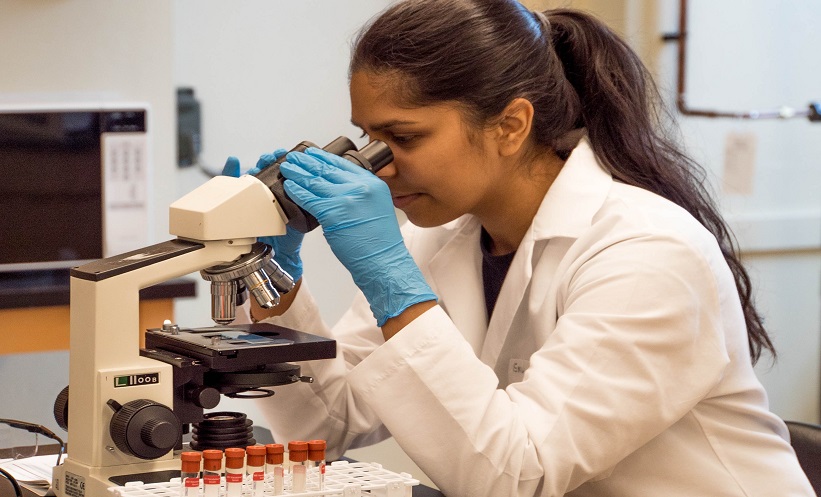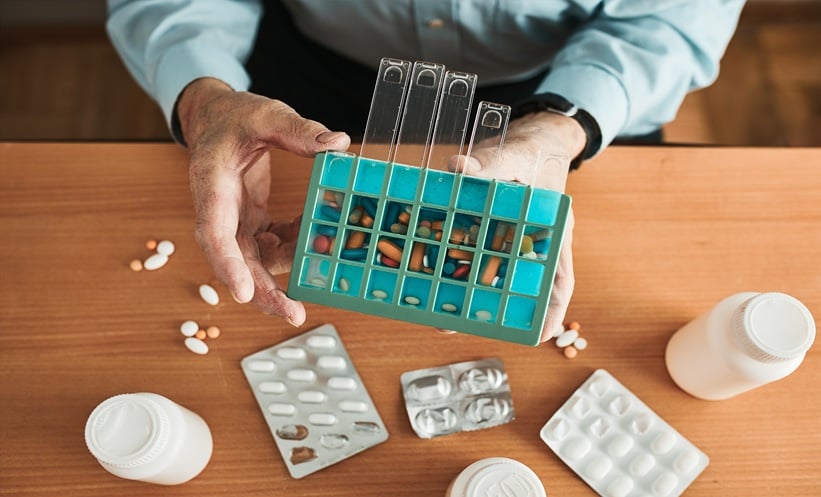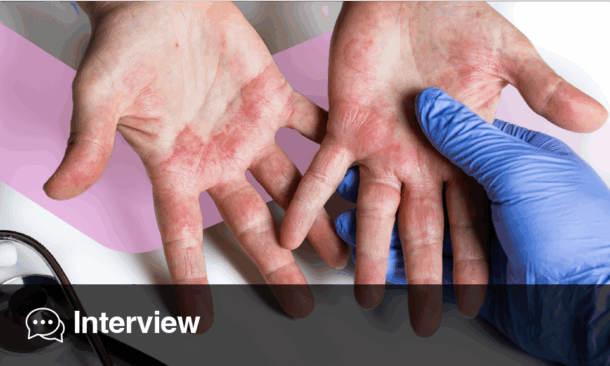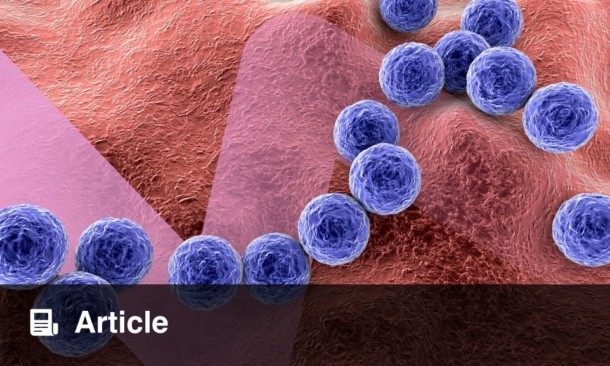NEW research methodologies, which take advantage of enzymes in order to breakdown bacteria living on human skin, have revealed novel possibilities for diagnosis and treatment in dermatology. The complex assembly of micro-organisms that make up the skin microbiome has previously been difficult to decipher. However, new methods developed by Martin Köberle, Head of the Dermatoinfectology Laboratory, Klinikum Rechts de Isa, Technical University of Munich (TUM), Germany and biologist Yacine Amar, Clinic and Polyclinic for Dermatology and Allergology, TUM, have succeeded in using the enzyme benzonase to select for the constituents of the microbiome.
Benzonase functions by breaking down the DNA of all dead bacteria. Living bacteria are protected as their DNA is protected within cell walls. Benzonase breaks down dead bacterial DNA into short fragments, allowing these sections to be removed through centrifuge. The remaining living bacteria can, therefore, be destroyed mechanically, allowing researchers to study of their DNA. The method allows for the removal of non-target DNA and selection of the skin microbiome.
The process known as 16S sequencing yielded a highly precise picture of the composition of intact bacteria in the microbiome. No residual DNA from dead bacteria was found in the bacteria.
The bacteria of the microbiome play a role in skin disease such as atopic dermatitis and acne. “Our goal is to learn the role played in such illnesses by the various kinds of skin bacteria,” states Köberle. He further demonstrated his confidence that this method will play a key role in future dermatology research, “The enzyme-based selection of living skin bacteria can help us to find microbial biomarkers for certain dermatological illnesses and also to identify the bacteria that have a positive influence on the course of the disease. Perhaps they will be used in treatments one day.”








